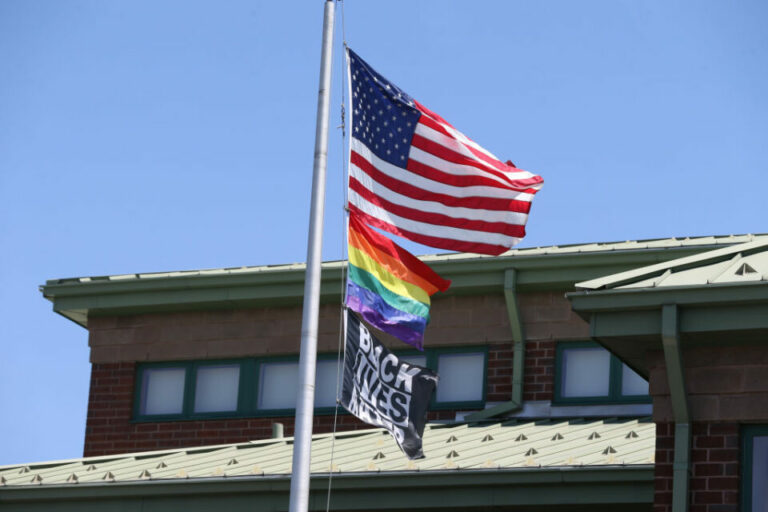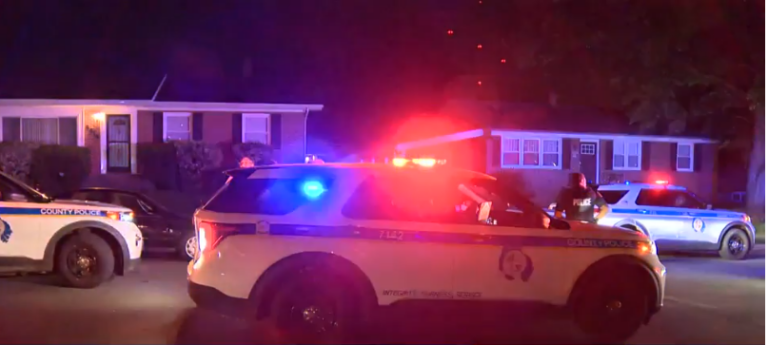Maryland Residents Disappointed as Northern Lights Unlikely to Be Visible
Maryland residents hoping to glimpse the Northern Lights this week may be disappointed, as experts predict that the phenomenon is unlikely to be visible from the state. The Northern Lights, also known as the Aurora Borealis, are caused by solar particles colliding with the Earth’s magnetic field, creating a stunning light show in the night sky.
While the Northern Lights are typically visible in regions closer to the Earth’s poles, they can occasionally be seen in more southern latitudes during periods of heightened solar activity. However, according to the National Oceanic and Atmospheric Administration (NOAA), the current forecast for the Northern Lights is low for the Maryland area.
The NOAA’s Space Weather Prediction Center provides real-time monitoring of solar activity and issues forecasts for the likelihood of the Northern Lights being visible in different regions. According to the center’s latest forecast, the Northern Lights are expected to be visible only in regions closer to the Earth’s poles.
Maryland residents who were hoping to see the Northern Lights this week are expressing disappointment, with many taking to social media to share their frustration. Some have even expressed skepticism about the accuracy of the forecasts, with one Twitter user writing, “I’ll believe it when I don’t see it.”
Despite the disappointment, experts say that the Northern Lights are a rare and unpredictable phenomenon, and that there is no guarantee of a sighting even in regions where they are typically visible. Those hoping to catch a glimpse of the Aurora Borealis are advised to keep an eye on the NOAA’s forecast and to be prepared to travel to regions where the Northern Lights are more likely to be visible.
Tips for Viewing the Northern Lights
While the Northern Lights may not be visible in Maryland this week, those who are interested in seeing the phenomenon can take steps to increase their chances of a sighting. Here are some tips for viewing the Northern Lights:
- Head to a region closer to the Earth’s poles, such as Alaska, Canada, or Scandinavia, where the Northern Lights are more likely to be visible.
- Check the forecast from the NOAA’s Space Weather Prediction Center to see the likelihood of the Northern Lights being visible in your region.
- Look for clear, dark skies, as light pollution can make it difficult to see the Northern Lights.
- Be patient and prepared to wait for several hours, as the Northern Lights can be unpredictable and may not appear immediately.




